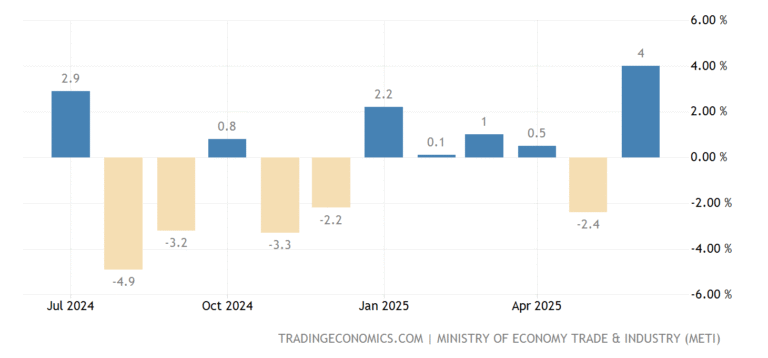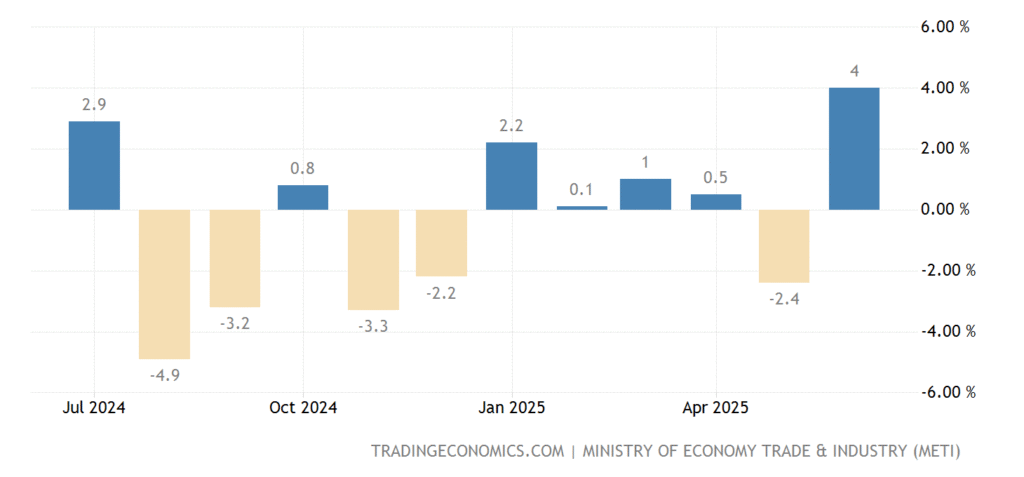In the fast-evolving world of cryptocurrency, wallets are the gateway to digital assets — but how secure are they really? With billions locked in crypto wallets worldwide and increasingly sophisticated cyber threats, understanding the strengths and vulnerabilities of these digital vaults is crucial for every investor. From hardware wallets tucked away offline to mobile apps promising seamless access, the choices users make can mean the difference between safeguarding wealth and falling victim to irreversible loss.
As the crypto ecosystem matures, so do the tactics of hackers, scammers, and fraudsters. The security of a wallet depends not just on the technology behind it, but also on how users interact with it. This article unpacks the key layers of crypto wallet security, offers insight from experts, and highlights practical measures — including the use of versatile platforms like Voyallet — that can help users protect their digital fortunes.
Why Wallet Security Matters Now More Than Ever
The rise of decentralized finance (DeFi), NFT marketplaces, and increased institutional adoption has pushed crypto into the mainstream, bringing new users into the fold. According to a 2025 report by Chainalysis, over $3 trillion in cryptocurrency transactions occurred last year, with millions of wallets active daily.
However, with increased activity comes heightened risk. In 2024 alone, crypto-related hacks and scams caused losses estimated at over $2 billion globally (Source: CryptoSecure Analytics). Unlike traditional banks, most crypto wallets are non-custodial, meaning users hold the private keys and sole responsibility for security. This model empowers users but also makes any security lapse potentially catastrophic — lost keys mean lost assets.
Understanding wallet security is no longer optional; it’s essential to navigating the crypto landscape safely.
Types of Crypto Wallets: Security Profiles and Trade-Offs
Crypto wallets come in various forms, each with unique security implications:
1. Hardware Wallets
These physical devices store private keys offline, dramatically reducing exposure to online attacks. Often called cold wallets, hardware wallets like Ledger and Trezor remain the gold standard for long-term security.
Pros:
- Immune to malware and phishing on connected devices.
- Often require physical confirmation for transactions.
Cons:
- Vulnerable if lost, stolen, or damaged without proper backups.
- Initial cost and setup complexity may deter some users.
2. Software Wallets
Installed as apps or browser extensions, these wallets provide convenience and quick access but are inherently connected to the internet.
Pros:
- User-friendly interfaces suitable for daily trading or DeFi participation.
- Some offer multi-factor authentication and biometric security.
Cons:
- Susceptible to phishing, malware, and device compromise.
- Dependence on secure device hygiene and updated software.
3. Web Wallets
Hosted on centralized platforms or exchanges, web wallets offer accessibility but come with custodial risks.
Pros:
- Easy access anywhere with internet connection.
- Integrated services like staking or crypto cards.
Cons:
- Potential targets for hacks on the platform side.
- Users trust third parties with private keys.
Common Vulnerabilities and How They Exploit Users
Understanding typical attack vectors empowers users to defend themselves better. Common vulnerabilities include:
- Phishing Attacks: Fake websites or messages lure users to reveal private keys or seed phrases.
- Malware and Keyloggers: Malicious software captures keystrokes or screenshots to steal credentials.
- SIM Swapping: Attackers hijack mobile numbers to bypass two-factor authentication.
- Social Engineering: Scammers impersonate trusted contacts or support agents to extract information.
A recent case involved a crypto investor who received a convincing support email from what seemed like a wallet provider. After sharing a backup phrase, her account was drained within hours. This underscores that the most sophisticated security technology is only as strong as the user’s vigilance.
Expert Insight: How to Choose and Use Wallets Safely
Sarah Li, a financial analyst specializing in digital assets, emphasizes a layered security approach:
“No single solution is foolproof. Combining hardware wallets for savings, with software wallets for active trading, while using secure platforms like Voyallet can strike a practical balance. Voyallet integrates investment, staking, and crypto card features with strong encryption and user protections — reducing the need to spread assets across multiple vulnerable apps.”
Users should also look for wallets with open-source codebases, active developer communities, and transparency about security audits. Regular software updates and strong password policies are non-negotiable.
The Human Element: Stories from the Frontline
James, a 34-year-old software engineer, learned the hard way about wallet security. After leaving his private keys stored unencrypted in a cloud folder “for convenience,” a hacker exploited a phishing email to access his folder. The loss was over $50,000 in various cryptocurrencies, though he was able to recover his losses after several month through Service Complaint Alert.
Reflecting on the experience, he shared:
“I underestimated how clever attackers can be. Now, I use a hardware wallet for my long-term holdings and keep just a small amount in a software wallet for trading. Tools like Ledger and Voyallet have helped me consolidate management securely, so I’m not juggling too many risky apps.”
James’ story is a cautionary tale that even tech-savvy users must remain vigilant and employ best practices consistently.
Practical Steps Users Can Take Today
- Use Hardware Wallets for Storage: Keep the bulk of your crypto offline to protect against online breaches.
- Enable Two-Factor Authentication: Wherever possible, add layers beyond passwords. Avoid SMS-based 2FA if possible, opting for app-based authenticators.
- Beware of Phishing: Always verify URLs, don’t click suspicious links, and never share private keys or seed phrases.
- Regularly Update Software: Wallet providers release patches to fix vulnerabilities; applying updates promptly is critical.
- Backup Securely: Store backup phrases physically in secure locations, never digitally on cloud or phone notes.
- Choose Multi-Functional Wallets Carefully: Platforms like Voyallet offer combined services with security features that reduce exposure from using multiple apps.
Looking Ahead: The Future of Crypto Wallet Security
As blockchain technology evolves, so will security measures. Emerging trends like biometric authentication, hardware wallets integrated with mobile devices, and decentralized identity verification promise enhanced user protection.
Nonetheless, the human factor remains pivotal. Education, awareness, and disciplined security habits will always be the first line of defense.
By understanding how wallets work, recognizing risks, and adopting practical safeguards, users can navigate the crypto world with greater confidence — protecting both their digital assets and peace of mind.













